Write chemical equations indicating the action of following on bromobenzene .
CH3COCl/anhy. AlCl3
To write the chemical equations indicating the action of acyl chloride (CH₃COCl) on bromobenzene in the presence of anhydrous AlCl₃, we will follow these steps:
Step 1: Identify the Reactants
The reactants in this reaction are bromobenzene (C₆H₄Br) and acyl chloride (CH₃COCl), along with anhydrous aluminum chloride (AlCl₃) as a catalyst.
Step 2: Understand the Reaction Type
This reaction is an example of Friedel-Crafts acylation, where an acyl group is introduced into the aromatic ring. The AlCl₃ acts as a Lewis acid to generate an electrophile from the acyl chloride.
Step 3: Generate the Electrophile
When CH₃COCl reacts with AlCl₃, it forms the acylium ion (CH₃C^+=O) and AlCl₄⁻:
CH3COCl+AlCl3→CH3C+=O+AlCl−4
Step 4: Electrophilic Substitution
The acylium ion (CH₃C^+=O) is a strong electrophile and will undergo electrophilic substitution with bromobenzene. The bromobenzene can react at two positions due to the presence of the bromine substituent: ortho and para positions.
Step 5: Write the Products
1. Ortho Product: When the acylium ion attacks the ortho position of bromobenzene, the product formed is 2-bromoacetophenone.
C6H4Br+CH3C+=O→2-Bromoacetophenone
2. Para Product: When the acylium ion attacks the para position, the product formed is 4-bromoacetophenone.
C6H4Br+CH3C+=O→4-Bromoacetophenone
Step 6: Final Equation
Combining the above steps, the overall reaction can be summarized as:
C6H4Br+CH3COCl+AlCl3→2-Bromoacetophenone+4-Bromoacetophenone+AlCl−4
Summary of Products
- Major product: 4-bromoacetophenone
- Minor product: 2-bromoacetophenone
The reactants in this reaction are bromobenzene (C₆H₄Br) and acyl chloride (CH₃COCl), along with anhydrous aluminum chloride (AlCl₃) as a catalyst.
This reaction is an example of Friedel-Crafts acylation, where an acyl group is introduced into the aromatic ring. The AlCl₃ acts as a Lewis acid to generate an electrophile from the acyl chloride.
When CH₃COCl reacts with AlCl₃, it forms the acylium ion (CH₃C^+=O) and AlCl₄⁻:
CH3COCl+AlCl3→CH3C+=O+AlCl−4
The acylium ion (CH₃C^+=O) is a strong electrophile and will undergo electrophilic substitution with bromobenzene. The bromobenzene can react at two positions due to the presence of the bromine substituent: ortho and para positions.
1. Ortho Product: When the acylium ion attacks the ortho position of bromobenzene, the product formed is 2-bromoacetophenone.
C6H4Br+CH3C+=O→2-Bromoacetophenone
C6H4Br+CH3C+=O→4-Bromoacetophenone
Combining the above steps, the overall reaction can be summarized as:
C6H4Br+CH3COCl+AlCl3→2-Bromoacetophenone+4-Bromoacetophenone+AlCl−4
- Major product: 4-bromoacetophenone
- Minor product: 2-bromoacetophenone
Similar Questions
Knowledge Check
- Question 1 - Select One
CH3COCl
react with :AC6H5OHBC6H5NH2C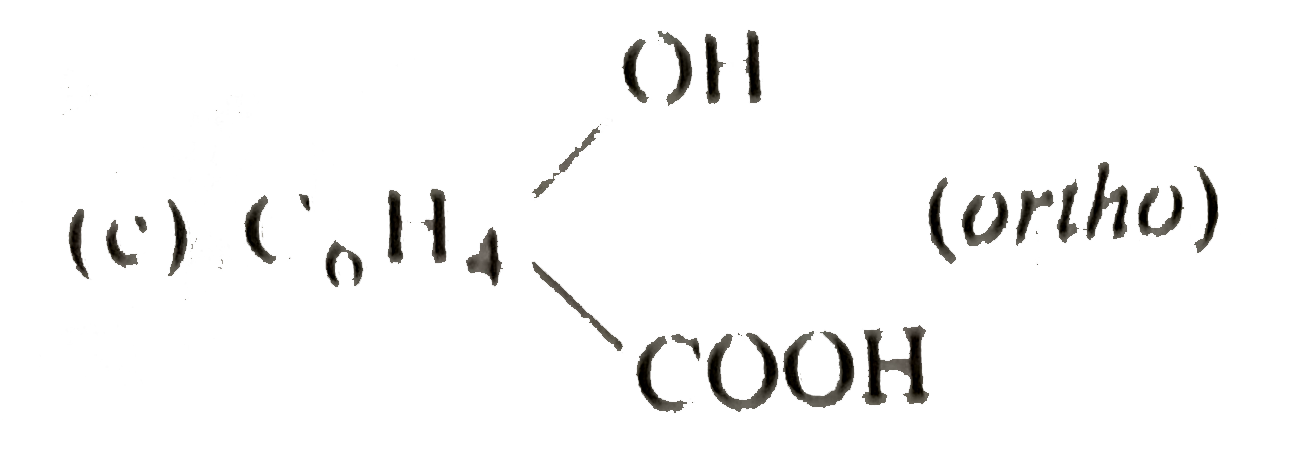 Dall of these
Dall of these - Question 2 - Select One
Which one of the following is an intermediate in the reaction of benzene with CH3Cl in the presence of anhydrous AlCl3 ?
ACl+BCH3CCH+3DC6H+5 - Question 3 - Select One
Reaction of benzene with Me3CCOCl in the presence of anhydrous AlCl3 gives
A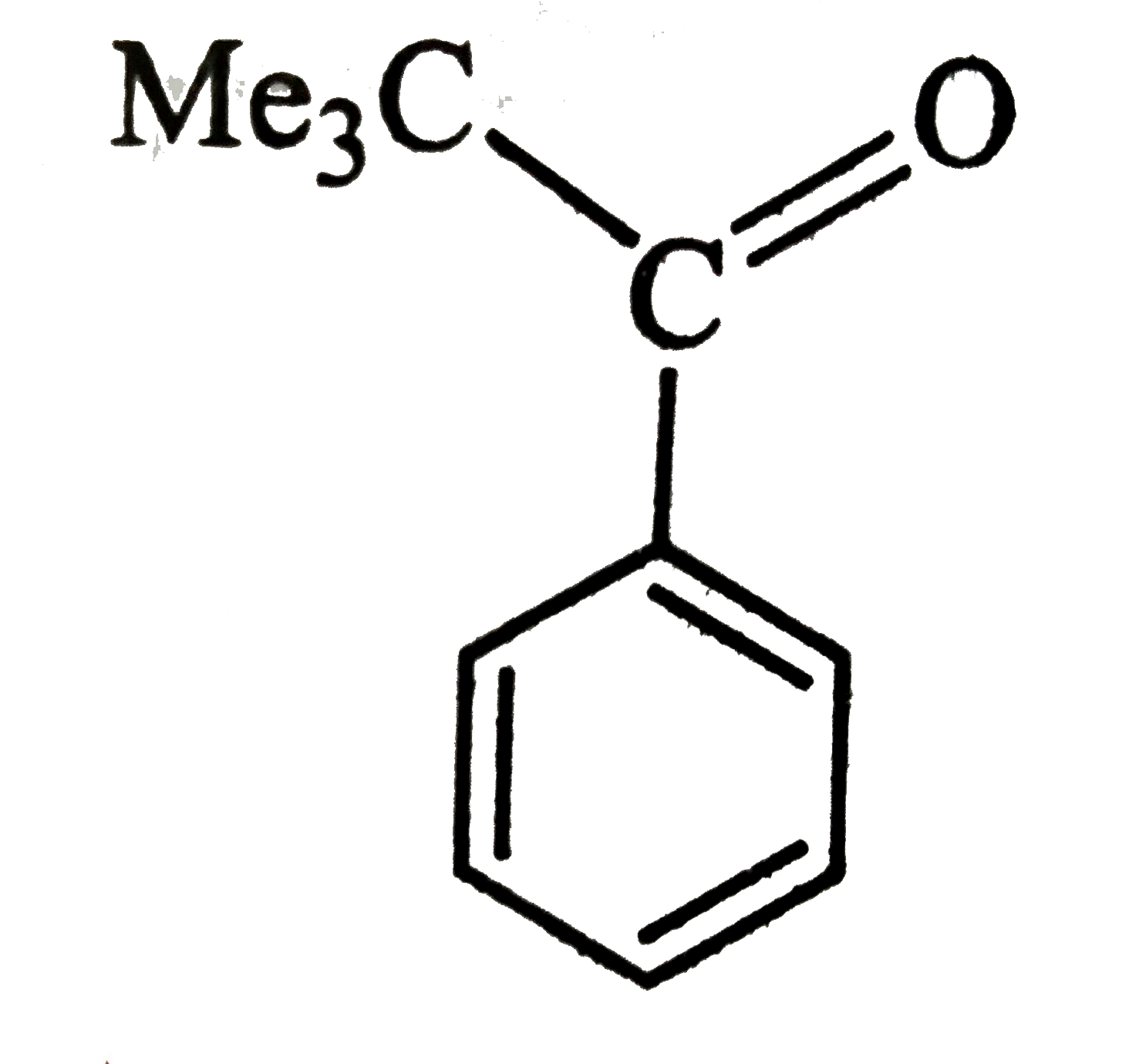 B
B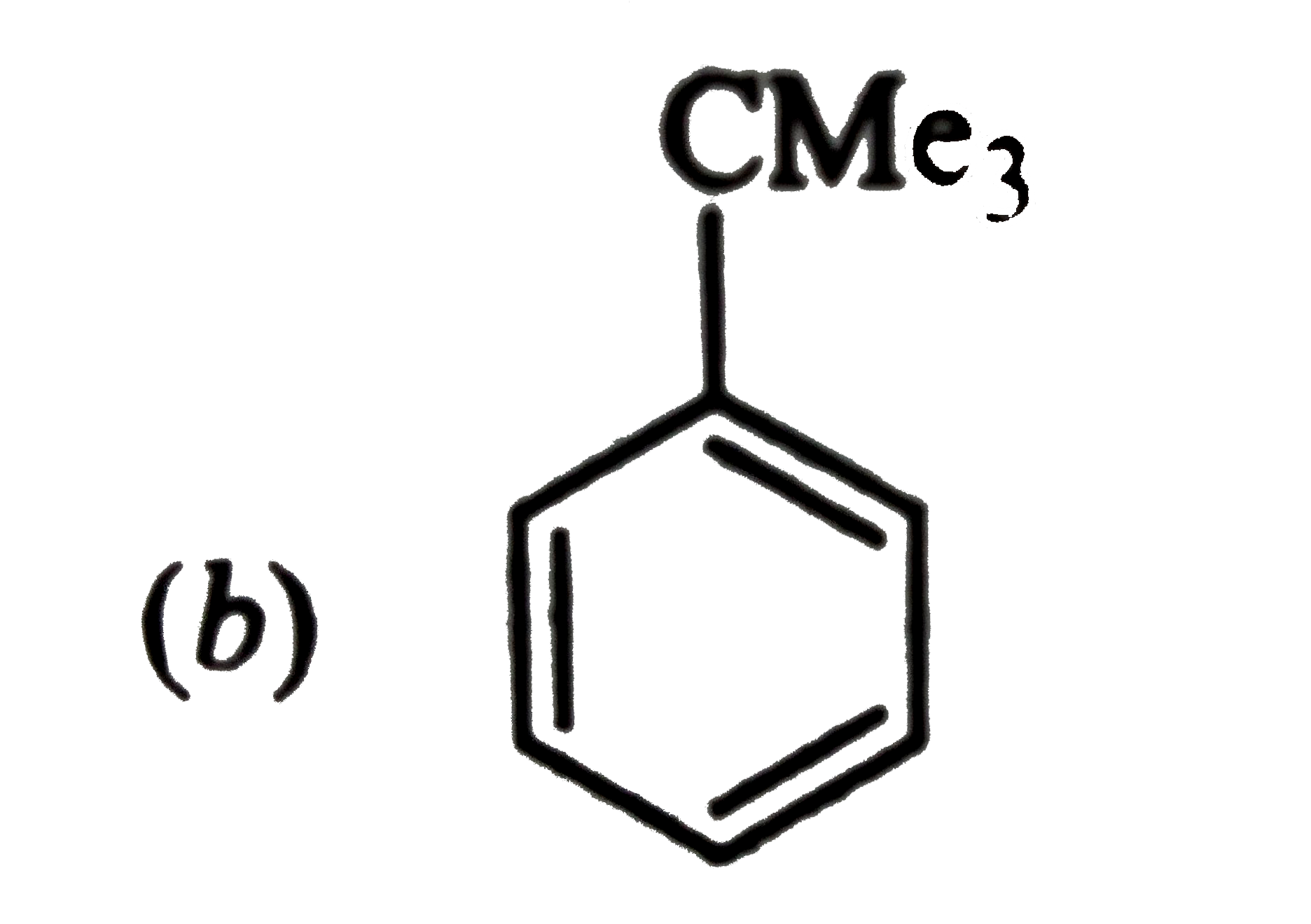 C
C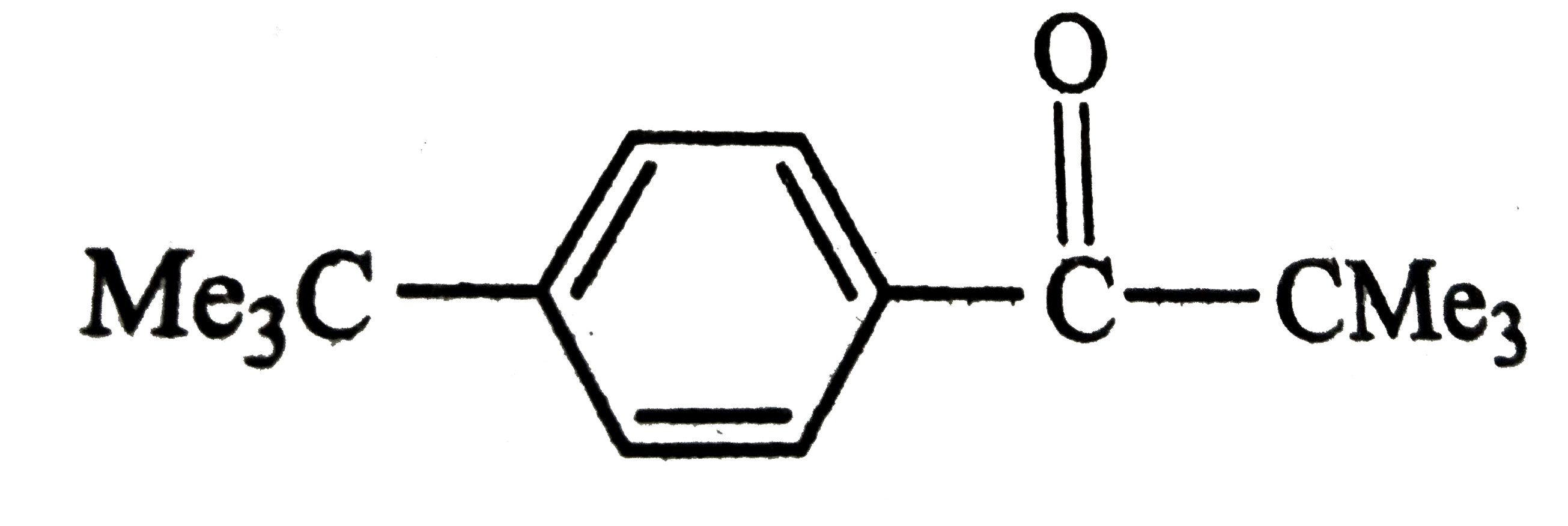 D
D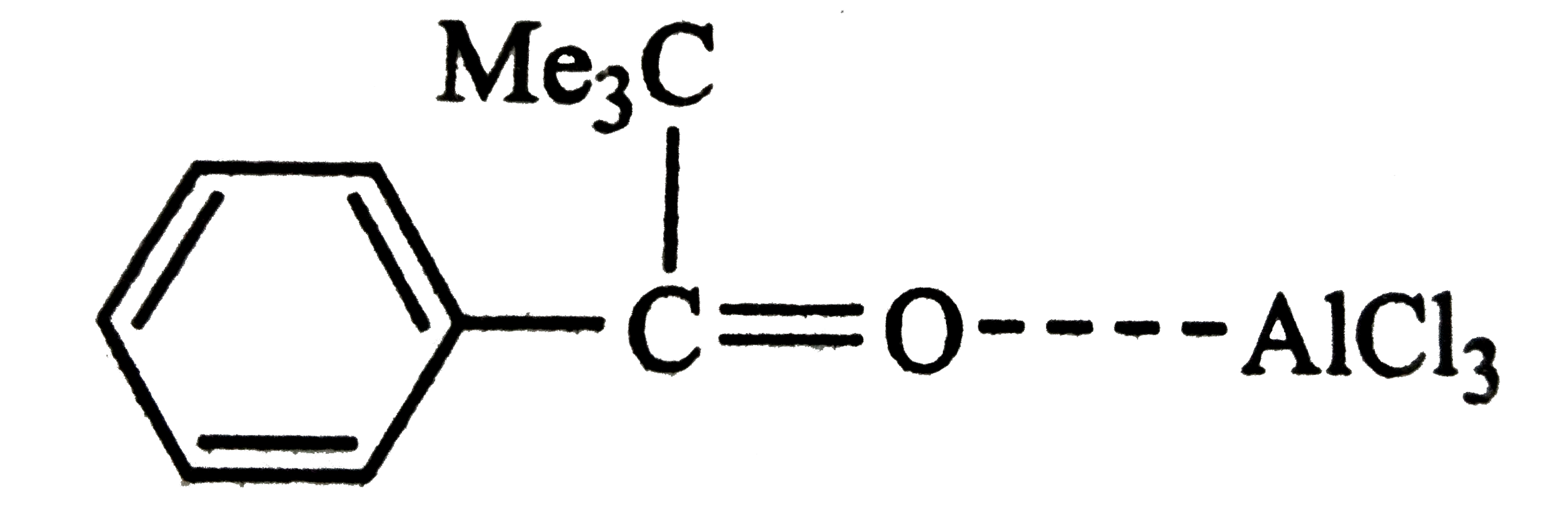
Describe the action of the following on chlorobenzene :
Methyl chloride in the presence of anhydrous AlCl3View SolutionDecribe the action of the following on chlorobenzene :
Acetyl chloride in the presence of anhydrous AlCl3View SolutionWrite the chemical equations involved when C2H5NH2 is treated with the following reagents :
(i) CH3COCl/pyridine
(ii) C6H5SO2Cl
(iii) CHCl3+KOHView SolutionWrite down the main product of the following reaction
BenzeneCH3CH2COCl/AlCl3−−−−−−−−−−−−→View SolutionWrite chemical reactions to convert –COOH group of acetic acid into following
a. CH4b.C2H5OHc.CH3COClView Solution

